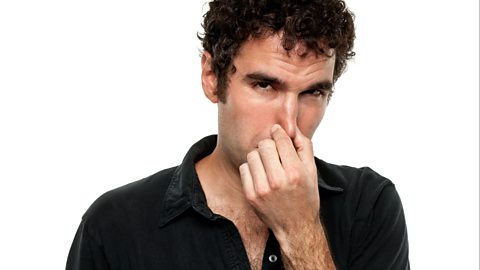There was once a restaurant which had orange and beetroot jelly on the menu.
The dish, served at The Fat Duck in Berkshire in the early 2000s, consisted of two cubes; one purple, the other bright orange. Whenever the waiter served it, they always advised the diner to begin with the beetroot. More often than not, the customer would dig in to the purple cube.
Except, the purple cube was actually the orange jelly. Made from the vivid flesh of blood oranges, it was a natural deep violet. Flame-orange golden beetroot was used to make the other cube. Despite this, customers still tasted purple jelly as beetroot and the orange as, well, orange - until they were told the difference. Then purple tasted citrus, and vice versa.
Itâs one example of how much our senses (sight, in this case) play a part in the food we eat, sometimes before a single morsel has entered our mouths. We may think itâs all about taste and smell, but hearing, vision and touch all do their bit.

All in the best possible taste
Our tongues are covered in taste buds that can detect five different flavours; sweet, bitter, sour, salty and umami (eg, the savoury taste of Parmesan cheese). But Professor Charles Spence, an experimental psychologist at Oxford University who specialises in the sensory side of eating, told ±«Óătv Bitesize those buds arenât exactly doing the heavy lifting when weâre tucking in to an enjoyable meal.
âAccording to scientists, around 75 to 95% of what we think weâre tasting in the mouth, weâre actually smelling in the nose,â he said.
âWhat the nose gives is everything apart from the basic taste. Anything meaty, herbal, fruity, smoky, cream, burnt or citrus. All those in the taste is really coming from the smell.â

Ortho vs retro
The flavour in our food is a combination of taste and smell. But Prof Spence says there may be two kinds of smell, both of which are key at dinnertime.
One would be orthonasal, which relates to the smell of the world around us, the kind we experience after inhaling deeply through our nose. The other is retronasal, described by Prof Spence as the flavourful air that gets pushed out to the back of the nose when we swallow while eating.
And there are times when orthonasal and retronasal smells donât really agree.
Prof Spence continued: âCoffee often smells wonderful when we sniff it but can be disappointing when we taste it. A strong French cheese may smell on the outside, but when we eat it, it tastes wonderful. So what is smell doing to taste?
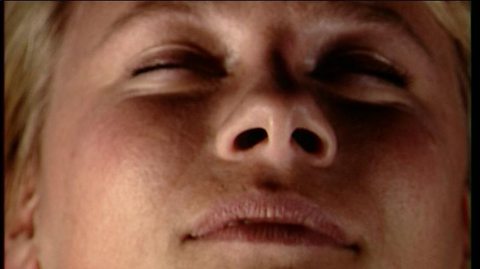
âOrthonasal-wise, itâs setting our expectations, making us salivate and helping us to predict what something will taste like. For example, I think that banana smells ripe, therefore, I can predict that it will taste sweet and soft.â
But retronasal smell is the one thatâs contributing to the taste itself. The bitter flavour of coffee, which can be very different from the aroma of its beans or granules, only hits in the combination of a reaction from the taste buds and the retronasal air generated by the first swallow.
Eyes bigger than our appetites
A quote attributed to the 1st Century Roman culinary expert Apicius suggests: âThe first bite is with the eyes". The reactions from The Fat Duck diners who tried the orange and beetroot jelly would appear to back up that wisdom.
And it's not just the look of the meal itself which can impact on our experience of it. Change the environment where you eat it and your enjoyment levels could also be affected.
Sam Bompas is co-founder of Bompas & Parr, a London-based firm which specialises in creating multi-sensory eating experiences.
He told Bitesize about a 2003 experiment where the exact same chicken a la king dish was served up to people in venues that varied from a four-star restaurant to an old peopleâs home. The study showed that the plusher the surroundings, the more favourable the food was reviewed. âYour total environment will have a remarkable impact on your dishes,â Sam said.
The sound of bitterness
In one of his experiments, Prof Spence invited hundreds of people into his laboratory in Oxford and gave everyone a cup of coffee from the same machine.
For one hundred of those people, the sound the coffee machine made was changed, making it harsher than the other participants had heard.
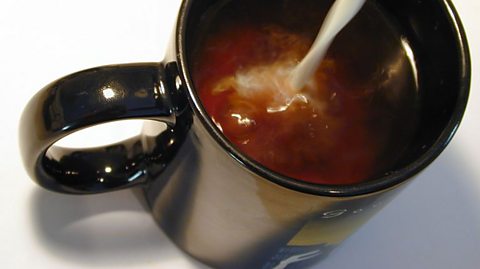
Although every cup served that day was the same, the people who heard the machine make a harsh sound described their coffee as tasting bitter.
Prof Spence said: âVery often weâre feeling the sounds of food when we bite. In restaurants we have played the sound of the sea to enhance the taste of food, itâs called sonic seasoning. Theyâre specially composed soundscapes that can bring in the sweetness or bitterness of dark chocolate, or can make a lemon more acidic than it normally is.â
And if youâre wondering what bitter sounds like, itâs low-pitched, brassy music. Sweet is higher-pitched, and tinkles.
Rustling up excitement
In everyday life, there is also the teasing sound of packets rustling or bottle tops being unscrewed before a meal which prepares us for what is to come. âThatâs us as Pavlovâs dogs,â said Prof Spence, referring to the famous experiment where dogs associated the sound of a ringing bell with food being put down before them and would begin to salivate, whether food was there or not.
âThe packaging sets expectations,â he continued. âIt leads us to salivate too. Think also of the sound of sizzling steak on a hotplate or the ping of a microwave when your food is ready.â
The finishing touch
Texture, or the âmouth feelâ of food is perhaps something we donât always think about, although as Sam points out: âTexture stimulates your appetite. If an eating experience is uniform, people tend to reject it.â
Prof Spence added: âIn some parts of the world, the touch and texture can be more important than the flavour. In Asia, some foods are served purely because of their texture as they have no taste. Jellyfish is an example.â
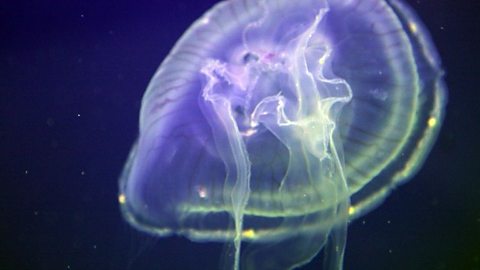
One theory linked to touch is that an awareness of food being in our mouths creates links to other senses. Prof Spence continued: âWe feel the food in our mouth. Maybe itâs that feeling of something moving around inside the mouth that the other sensations âglueâ themselves on to.â
While others may play a bigger part, there is evidence that all five of the human senses come into use when weâre tucking in to our tea.
And as Sam says, we shouldnât underestimate their importance. However advanced technology is at the moment, no machine has ever come close to replicating our ability to enjoy our food and detect delicate changes in flavour.
"Use it," he said. "And enjoy it."
Myth-busting food origin stories
Chocolate chip cookies, crisps and Caesar salad all have legendary histories, but are they true?
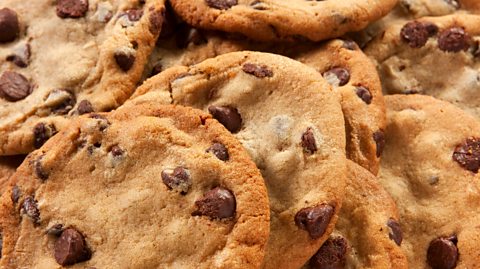
Why donât we all like the same foods?
How genetics, your mum's diet and bad experiences can shape your tastes.

An odour can be one of the the finest mood boosters around
